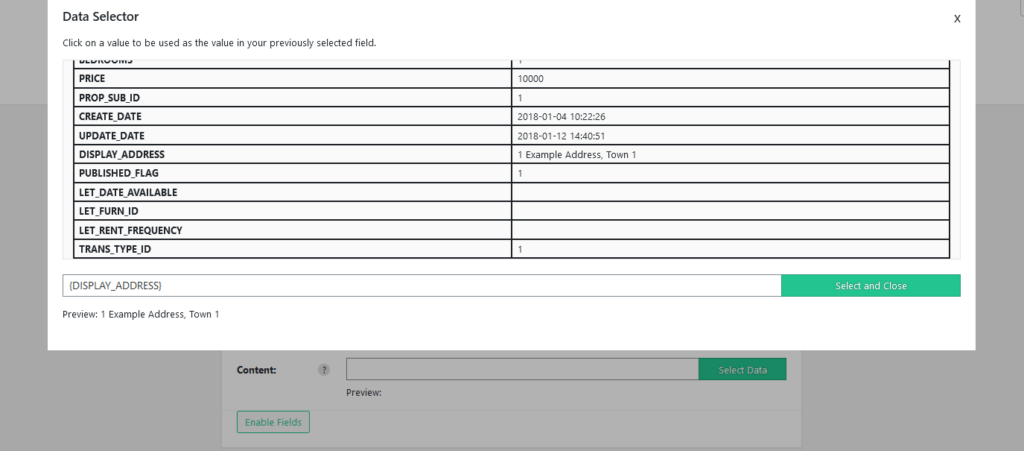Import BLM files to WordPress
Import WP BLM file reader add-on makes it possible to import BLM files to WordPress, allowing you to directly import Rightmove data feed files and attachments or similar that use the .BLM file format to WordPress, these can be configured to periodically keep your website in sync.
BLM file format is commonly used by many Property portals, Rightmove being the most popular portal in the UK and Europe. The BLM file is normally accompanied by a zip file containing all the file media assets.
Table of Contents
Import BLM files to WordPress
The Import WP BLM file reader addon allows you to upload BLM files, download from a remote URL, or import from the local filesystem.
Once a BLM file has been added to an importer, the BLM Record preview should show the first record accompanied by the file headings. Hovering over the heading or value columns will display a tooltip showing the selection value, this is the heading wrapping in curly braces, e.g. “{AGENT_REF}”.

Mapping which data should be imported to WordPress posts, taxonomies or users is similar to importing CSV files, to the right of each template field click on the “Select Data” button to open up the BLM data selector screen, this show a preview of the first record in the BLM file labelled with the heading, click on either the heading or value to be selected.
The selected value will be added to the input at the bottom of the selector screen, showing a preview of your selection, click on “Select and Close” to finish mapping the field.

Once mapped, the selection should appear in the field and a preview of the selection will appear.

Import BLM attachments to WordPress
BLM attachments should be supplied in a zip file in the same directory and with the same name as the .BLM file, due to this attachments can currently only be imported using Import WP when importing BLM files from either the Local filesystem or Remote URL.
Using the iwp_blmr_attachment custom method and passing a comma separated list of attachment files, the custom method will download or extract all listed attachment files and return the local temporary path to the file that can then be imported by setting the “Download” field to “Local Filesystem” to import each temporary file into WordPress.
